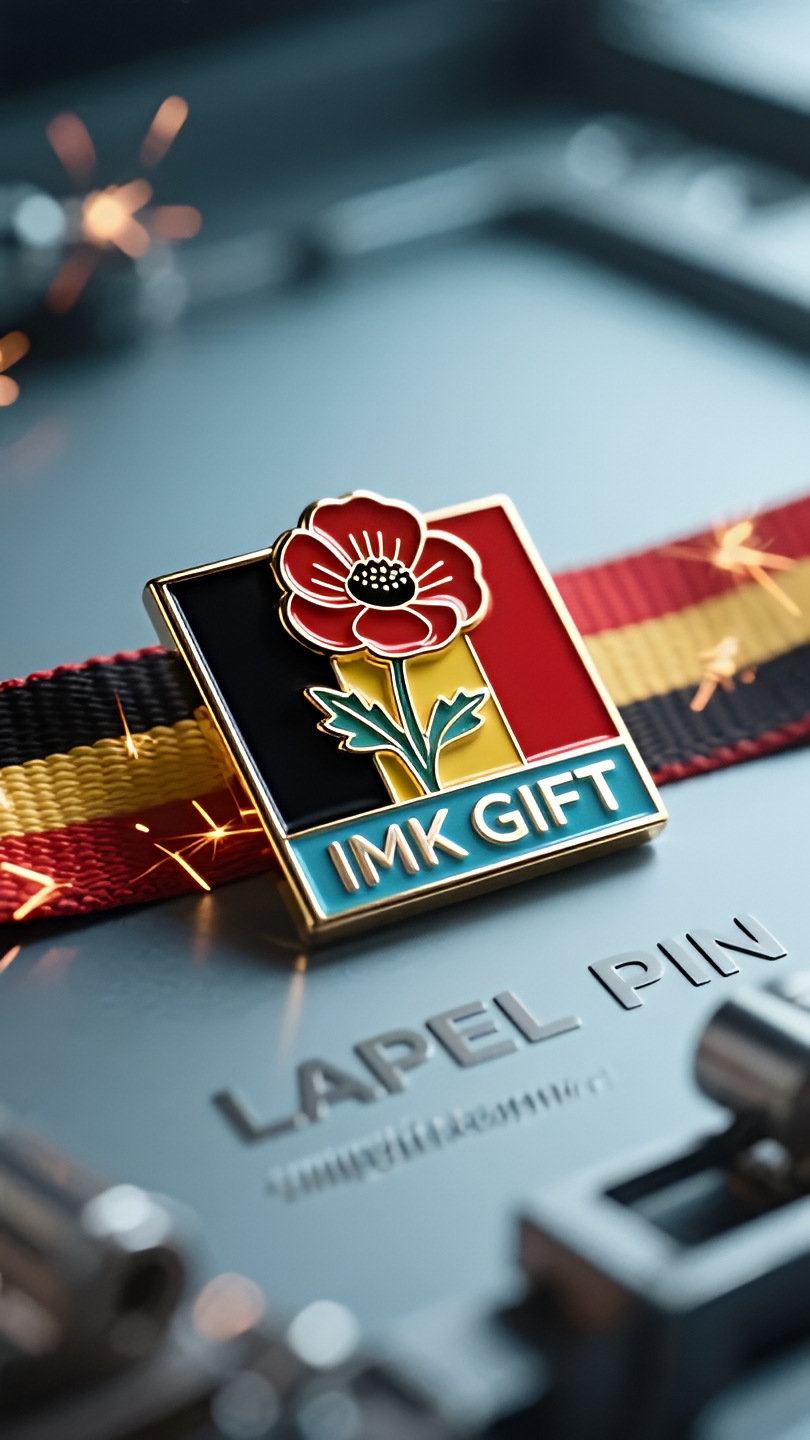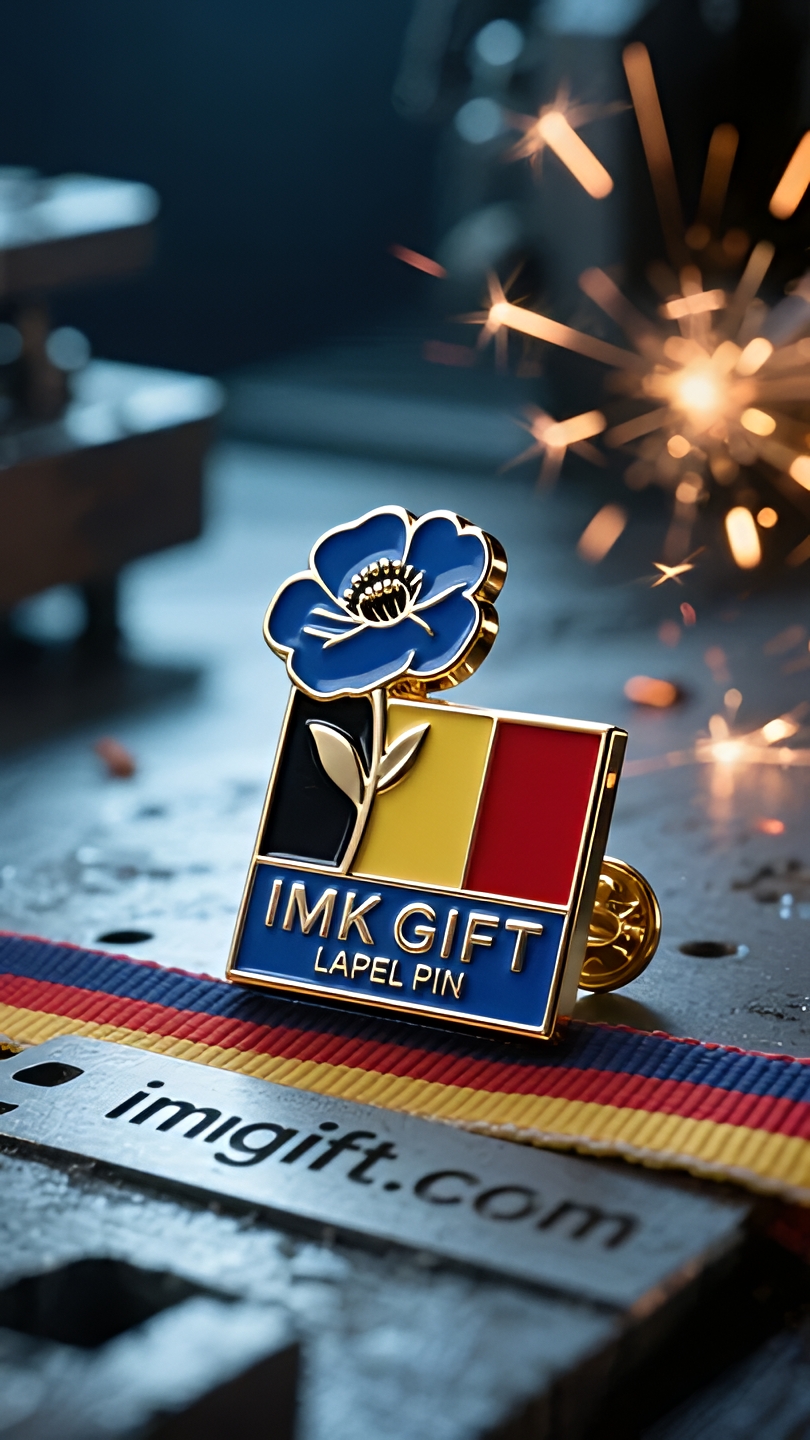in991-Tótem-de-la-Esperanza-en-el-Amanecer-Sangriento-El-Código-de-Renacimiento-de-la-Bandera-Belga-y-la-Flor-de-Amapola
▼
In the Flanders plains in July, poppies spread like flames. The poppy badges worn by Belgians at the commemoration of the armistice of World War I carry the country’s deepest life code: the black core of the flower is soaked in the scorched earth of war, but it holds up the crimson crown with bright yellow edging – this is exactly the concrete rebirth of the three colors of the Belgian flag. The black, yellow and red tricolor national flag originally symbolized strength, wealth and courage, and when they were condensed in the poppy badge, they gained a more concrete modern interpretation. Black is no longer the shadow of death, but the land’s memory of the trauma of war; yellow is sublimated from a symbol of wealth to a bond of national unity; red is transformed from the blood of soldiers into the eternal fire of life. Each wrinkled petal records the miracle of Belgians rebuilding from the ruins after the World War. This badge, which is less than the size of a palm, wraps the most tenacious national gene in the most fragile form of plants. Just like the poppies that broke out of the trenches, Belgium’s revival has never relied on forceful conquest, but has sprouted new buds in the midst of trauma with a flexible attitude. When the tricolor national flag and the poppy emblem fluttered at the same time at the commemoration site, people saw not only the national symbol, but also the eternal lesson of a nation tempering suffering into vitality: true courage is to precipitate the blood of history into nutrients that grow towards the light.
En julio, las amapolas se extienden como llamas por los campos de Flandes. Las insignias de amapola que llevan los belgas durante las conmemoraciones del armisticio de la Primera Guerra Mundial llevan consigo el código de vida más profundo del país: el corazón negro de la flor está empapado en la tierra quemada de la guerra, pero sostiene la corona de un rojo intenso con un borde amarillo brillante: este es exactamente el renacimiento concreto de los tres colores de la bandera belga. Los colores negro, amarillo y rojo de la bandera nacional simbolizaban originalmente fuerza, riqueza y coraje, pero cuando se condensaron en el emblema de la amapola, adquirieron una interpretación moderna más concreta. El negro ya no es la sombra de la muerte, sino el recuerdo de la tierra del trauma de la guerra; El amarillo pasa de ser un símbolo de riqueza a un vínculo de unidad nacional; y el rojo se transforma de la sangre de los soldados en el fuego nunca extinguido de la vida. Cada uno de los pétalos, distintivamente arrugados, registra el milagro de la reconstrucción belga a partir de las ruinas después de la Segunda Guerra Mundial. Esta insignia, más pequeña que el tamaño de la palma de la mano, utiliza la forma más frágil de las plantas para envolver los genes nacionales más tenaces. Al igual que las amapolas que brotaron de la tierra junto a las trincheras, el renacimiento de Bélgica nunca se basó en una conquista por la fuerza, sino más bien en hacer brotar nuevos brotes en el trauma con una actitud flexible. Cuando la bandera nacional tricolor y el emblema de la amapola ondearon simultáneamente en el lugar conmemorativo, la gente vio no solo el símbolo nacional, sino también la eterna lección de una nación: transformar el sufrimiento en vitalidad: el verdadero coraje es precipitar la sangre de la historia en nutrientes que crecen hacia la luz.
七月的佛兰德斯原野上,虞美人花如火焰般蔓延。比利时人在第一次世界大战停战纪念活动中佩戴的虞美人徽章,正承载着这个国家最深沉的生命密码:黑色花芯浸透战火焦土,却托起明黄镶边的殷红花冠——这恰恰是比利时国旗三色的具象化重生。
黑、黄、红三色国旗原本象征着力量、财富与勇气,而当它们凝练在虞美人徽章中时,获得了更具象的现代诠释。黑色不再是死亡的阴影,而是土地对战争创伤的铭记;黄色从财富象征升华为全民团结的纽带;红色则从战士的热血转化为永不熄灭的生命之火。每片褶皱分明的花瓣,都记录着比利时人在世界大战后从废墟中重建的奇迹。
这枚不足掌心大小的徽章,用植物最柔弱的形态包裹着最坚韧的民族基因。就像当年战壕旁破土而出的虞美人,比利时的复兴从未依赖强力征服,而是以柔韧的姿态在创伤中萌发新芽。当三色国旗与虞美人徽章在纪念活动现场同时飘扬,人们看见的不仅是国家符号,更是一个民族将苦难淬炼为生命力的永恒课业:真正的勇气,是把历史的血色沉淀为向光而生的养分。
▼
Contact Us
📞 Tel: +0086-760-85286839
📧 Email: sales3@imkgift.com








